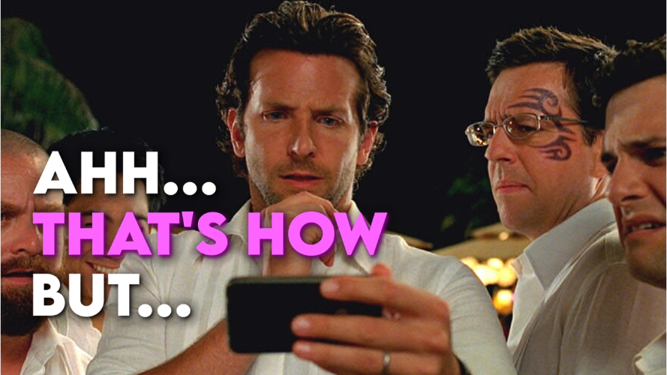Make it easy to do the right thing: A Team-Lead Initiative
March 25, 2024 •

One of our core guiding principles is making it easier to do the right thing. These are the principles we follow to achieve this, and some examples of how this works;
1. Task Templates:
I utilize task templates as opposed to standard operating procedures. These task templates have checklists and things to follow.
Each time we complete a task, we counter-check with the checklist within the template to ensure that all tasks are completed. It is easy to track all that’s happened using this strategy.
It is almost impossible to miss these tasks and impossible not to follow them. Everyone benefits from this system, raising our team's productivity and output.
2. Solid Principles
We have a set of principles that have guided us in the same direction and instilled the same work mode in us. I have compiled these solid principles over time, with one involving implementing autonomy (ownership) of situations.
Our team members have a responsibility to do the right thing. This guiding principle allows them to bypass what’s written. This means they can deviate from the procedure with good reason and not have to wait for my permission to proceed. Deviating from the norm is not a bad thing, especially when necessary.
Ninety percent of the time, the results are much better when we handle our tasks in the manner we deem best. The standard is embedded in the task template for the majority of the time. My team members know to follow these procedures unless they discover a better way to fulfill their tasks.
I have detailed everything in this article, How We Do Software.
3. Why?
We utilize the question ‘Why?’ in all our tasks. This principle is similar to the principles used in the military. This term is called ‘The commander's intent.’
This principle forces us to ask important questions when handling our tasks. These questions are intended to provoke our problem-solving, putting us in a position to accomplish tasks. I explain this principle in detail in this piece, War Room Wisdom for Software Developers.
4. Most Important Adventure (MIA)
I noticed that whenever I assigned multiple crucial tasks, the lesser one would be done, and the focus I expected was not achieved. To alleviate this, I clearly state the most important rather than assigning multiple vital tasks.
It’s easier for us to do the right thing when we know the most vital task. I actively think about what is the most important thing for the day. People have a hard time focusing when they have multiple priorities. It’s more beneficial to give one priority that they can focus on. They can handle other responsibilities after completing the most important task.
This is where the concept of “Most Important Adventure” comes in. This concept encourages you to correctly choose and prioritize the task that is of the highest priority. This makes it easy for my team members to know what to focus on. This works for me as well. I understand clearly which task is important and requires my attention.
I called it the “Most Important Adventure” because it is fun and catchy. Calling it the 'most important job' is boring and uninspiring.
Conclusion
I have used these concepts to run my business. Everything works as expected. My team members use these principles in their day-to-day activities to achieve great results. This has taken us to the newer heights we once aimed for.
This concept can be put into practice in many different ways. I have only showcased little of how we utilize it to our advantage. Feel free to DM me on Twitter or email me at pinehqcom@gmail.com if you have more ways to implement this principle in your workplace.


